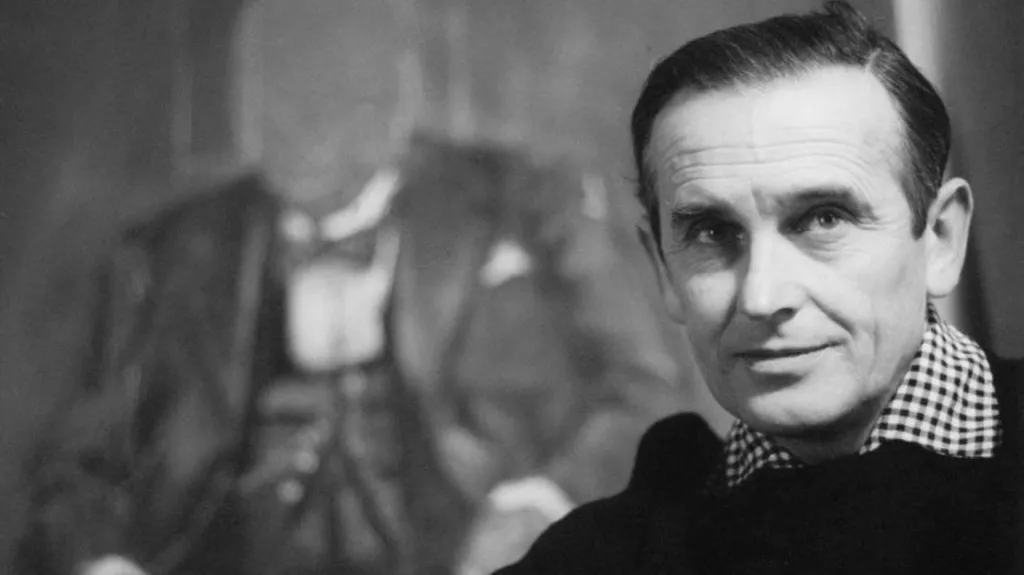Artist Graham Sutherland, renowned for creating a portrait of Sir Winston Churchill that the wartime leader despised, has received a blue plaque in south London.
This commemorative plaque, bestowed by English Heritage, is situated at Sutherland’s childhood residence on Dorset Road in Merton Park.
Sutherland’s portrait of Churchill was commissioned in 1954 by the Houses of Parliament, but the former prime minister loathed the likeness so intensely that it was removed and secretly destroyed on the orders of his wife, Lady Clementine Churchill.
Last year, Sutherland’s preliminary painting of Churchill fetched £660,000 at Sotheby’s auction house.
In the 1920s, Sutherland studied at Goldsmiths’ College and later served as an official war artist during World War II.
Throughout the 1950s and 60s, he created numerous portraits and gained recognition for his religious artworks, including the central tapestry for the new Coventry Cathedral—titled Christ In Glory In The Tetramorph—which he designed.
Sutherland passed away in February 1980 at the age of 76.
Rosemary Hill, a former member of the English Heritage blue plaques panel, referred to Sutherland as a “master in tapestry and stained glass, as well as an etcher and painter.”
“Following his death, his reputation fluctuated, sometimes overshadowed by the more flamboyant Francis Bacon,” she noted.
“Today, his legacy has found its rightful place in the heart of 20th-century British art.”
The London blue plaques initiative, which began in 1866, is believed to be the oldest program of its kind worldwide.

